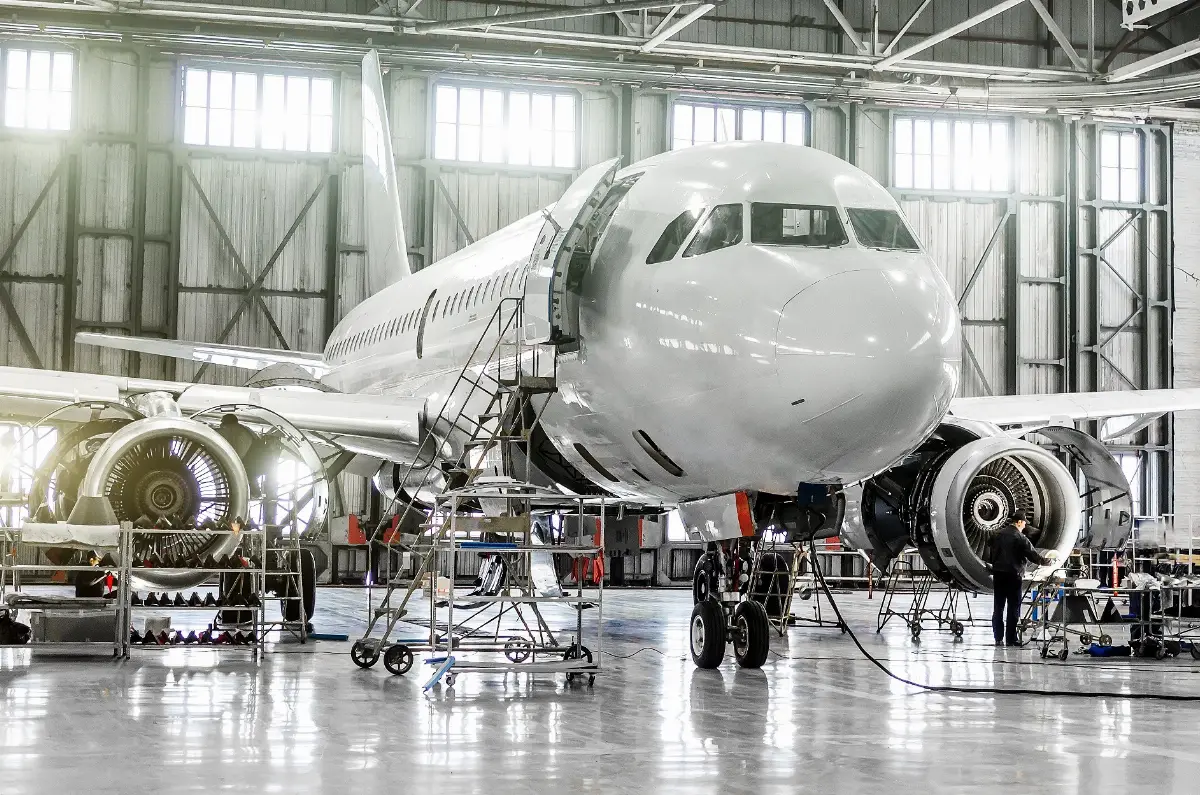
Supply chain problems could cost airlines over $11 billion in 2025
IATA alarm: delays in deliveries of new aircraft and spare parts force fleet ageing

According to a joint study by IATA the economic and operational impact would be unprecedented. OEMs and suppliers are urged to open the Aftermarket and to increase transparency
The International Air Transport Association (IATA), in collaboration with Oliver Wyman, globally active in management consulting, published today a joint study entitled Reviving the Commercial Aircraft Supply Chain. The report analyzes the serious weaknesses of the aerospace supply chain, exploring their causes, the impact on the aviation sector and the initiatives needed to overcome the crisis.
The difficulties in the supply chain are causing delays in the production of new aircraft and components, forcing airlines to revise fleet plans and, in many cases, to keep older aircraft in service for extended periods. The global commercial order backlog reached a historic peak of over 17,000 aircraft in 2024, well above the pre-pandemic average (2010–2019) of about 13,000 aircraft per year.
It is estimated that the slowdown in production will cost the aviation industry more than $11 billion in 2025, mainly due to four factors:
- Additional fuel costs (≈$4.2 billion): airlines are operating older, less fuel-efficient aircraft because of delays in deliveries of new aircraft.
- Extra maintenance costs ($3.1 billion): the aging of the global fleet requires more frequent and costly maintenance interventions.
- Increased engine leasing costs ($2.6 billion): engines remain grounded longer for maintenance, forcing airlines to rely more on leasing. Aircraft leasing rates have also risen by 20–30% since 2019.
- Inventory storage costs for surplus stock ($1.4 billion): airlines are building up larger spare-parts inventories to mitigate supply-chain unpredictability, driving up inventory costs.
Beyond rising costs, supply-chain challenges prevent airlines from adequately expanding fleets to meet growing passenger demand. In 2024, passenger demand rose by 10.4%, outpacing capacity growth (8.7%) and pushing the load factor to a record 83.5%. This demand-growth trend is expected to continue into 2025. The main causes of the problem lie in the current economic model of the aerospace sector, disruptions due to geopolitical instability, shortages of raw materials and rigidity in the labor market.
Willie Walsh, director general of IATA, commented: "Airlines depend on a reliable supply chain to operate and grow their fleets efficiently. We are now seeing unprecedented waits for aircraft, engines and parts, and unpredictable delivery schedules. All of this has increased costs by at least $11 billion this year and has limited airlines' ability to meet consumer demand". The report suggests key initiatives that aerospace industry actors should adopt collaboratively:
- Open up aftermarket best practices: support Maintenance, Repair and Overhaul (MRO) centers so they are less dependent on commercial licensing models imposed by Original Equipment Manufacturers (OEMs) (Editor’s note), and facilitate access to alternative sources of materials and services.
- Improve supply-chain visibility: create clearer transparency across all supplier tiers to identify risks early, reduce bottlenecks and use better data to make the entire chain more resilient.
- Leverage the value of data: use predictive maintenance analytics, share spare parts and create common maintenance data platforms to optimize inventory and reduce downtime.
- Expand repair and spares capacity: accelerate repair approvals, support alternative parts and "Used Serviceable Material" (USM) solutions, and adopt advanced manufacturing to alleviate bottlenecks.
Matthew Poitras, partner at Oliver Wyman, concluded that the crisis requires "collective steps to reshape the aerospace industry's structure and work together on transparency and talent" to catalyze improved supply-chain performance for the benefit of all. The first and most critical move for all stakeholders is to develop a common strategic approach to address the imbalance between demand and supply.
AVIONEWS - World Aeronautical Press Agency